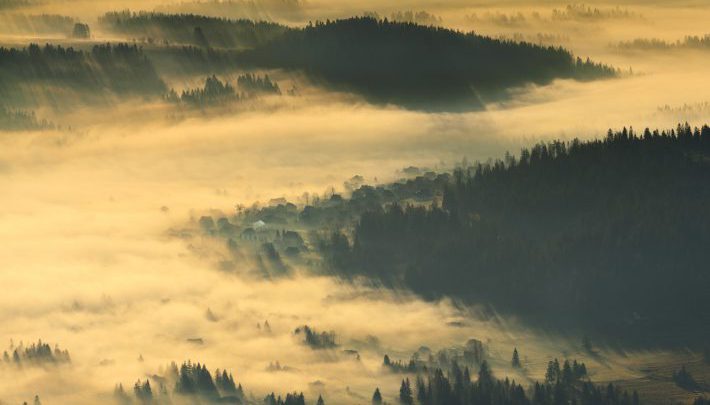Scientists reveal: Ghost Plume Beneath Oman May Have Redirected India’s Ancient Journey, Scientists Reveal
In a stunning revelation, scientists have uncovered that a mysterious underground force beneath Oman—dubbed a “ghost” magma plume—played a decisive role in steering the Indian subcontinent to its current location. Had it not been for this hidden geological engine, India might have ended up somewhere entirely different on the world map.
The plume, buried beneath Oman’s Salma Plateau—an uplifted region towering up to 6,600 feet—has been named the Dani Plume. Unlike typical mantle plumes that trigger volcanic eruptions, this one remains trapped beneath Earth’s thick continental crust, rendering it amagmatic—a “ghost” in geological terms.
The findings, published in Earth and Planetary Science Letters, offer a remarkable new perspective on plate tectonics. Lead author Simone Pilia, a geophysicist and assistant professor at King Fahd University of Petroleum and Minerals, said seismic data from Oman confirmed the presence of the plume. The team detected it when seismic waves traveling through Earth revealed unusual underground patterns.
Pilia explains that while most mantle plumes erupt in oceanic regions, the Dani plume was locked under thick continental plates near the Makran subduction zone, where the Indian and Eurasian plates once collided. Despite being inactive in terms of volcanic output, the plume exerted shear stress, shifting the Indian tectonic plate’s course after the monumental Indo-Eurasian collision some 40 million years ago.
Crucially, researchers reconstructed the movement of the Indian plate over time and found that its trajectory changed between 40 and 25 million years ago. This deviation aligned precisely with the emergence of the Dani plume.
“The uplift in the Salma Plateau and the directional shift of the Indian plate can both be traced back to this plume,” Pilia noted. “It’s the first clear case of a ghost plume influencing plate movement—without ever producing a volcano.”
This discovery not only reframes our understanding of India’s geological history but also suggests that other “quiet” plumes may be lurking under continents, subtly sculpting our planet’s surface in ways previously unseen.
What once seemed a dormant region in Oman now stands as a geological keystone in the story of Earth’s moving continents.In a stunning revelation, scientists have uncovered that a mysterious underground force beneath Oman—dubbed a “ghost” magma plume—played a decisive role in steering the Indian subcontinent to its current location. Had it not been for this hidden geological engine, India might have ended up somewhere entirely different on the world map.
The plume, buried beneath Oman’s Salma Plateau—an uplifted region towering up to 6,600 feet—has been named the Dani Plume. Unlike typical mantle plumes that trigger volcanic eruptions, this one remains trapped beneath Earth’s thick continental crust, rendering it amagmatic—a “ghost” in geological terms.
The findings, published in Earth and Planetary Science Letters, offer a remarkable new perspective on plate tectonics. Lead author Simone Pilia, a geophysicist and assistant professor at King Fahd University of Petroleum and Minerals, said seismic data from Oman confirmed the presence of the plume. The team detected it when seismic waves traveling through Earth revealed unusual underground patterns.
Pilia explains that while most mantle plumes erupt in oceanic regions, the Dani plume was locked under thick continental plates near the Makran subduction zone, where the Indian and Eurasian plates once collided. Despite being inactive in terms of volcanic output, the plume exerted shear stress, shifting the Indian tectonic plate’s course after the monumental Indo-Eurasian collision some 40 million years ago.
Crucially, researchers reconstructed the movement of the Indian plate over time and found that its trajectory changed between 40 and 25 million years ago. This deviation aligned precisely with the emergence of the Dani plume.
“The uplift in the Salma Plateau and the directional shift of the Indian plate can both be traced back to this plume,” Pilia noted. “It’s the first clear case of a ghost plume influencing plate movement—without ever producing a volcano.”
This discovery not only reframes our understanding of India’s geological history but also suggests that other “quiet” plumes may be lurking under continents, subtly sculpting our planet’s surface in ways previously unseen.
What once seemed a dormant region in Oman now stands as a geological keystone in the story of Earth’s moving continents.





